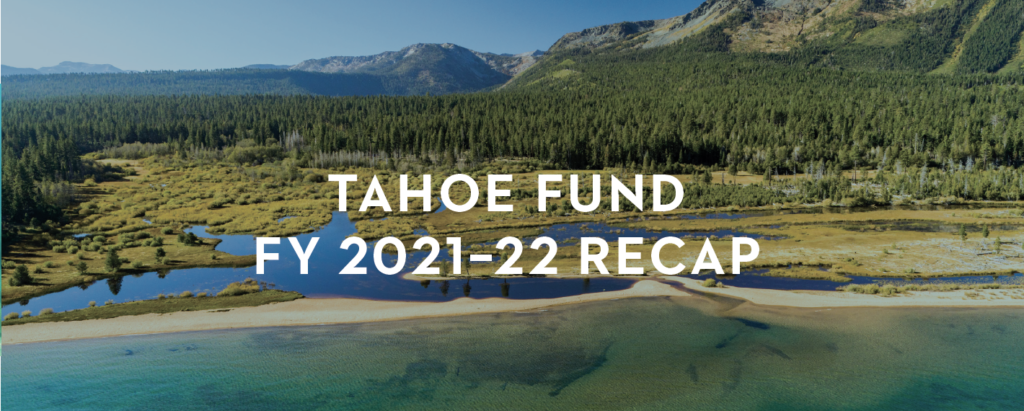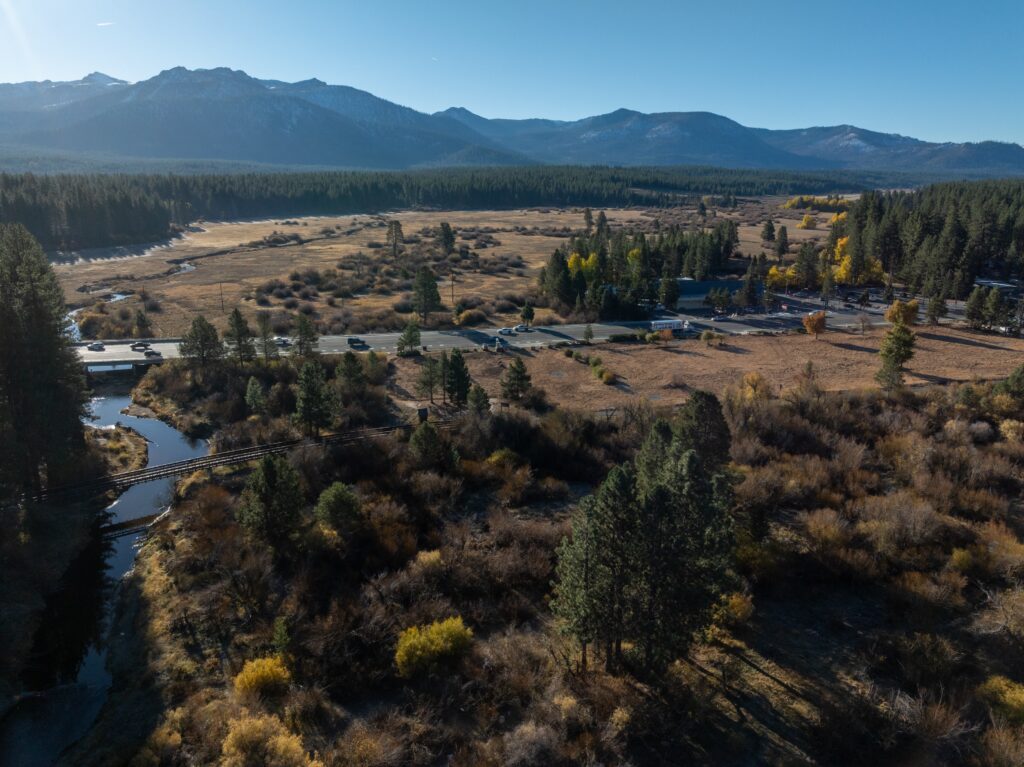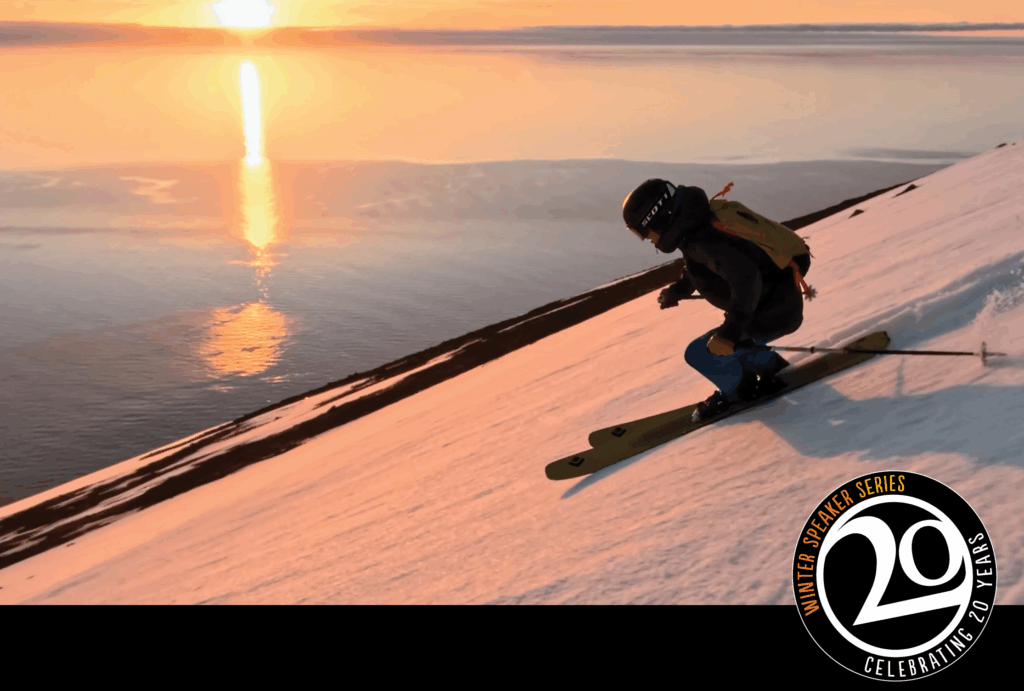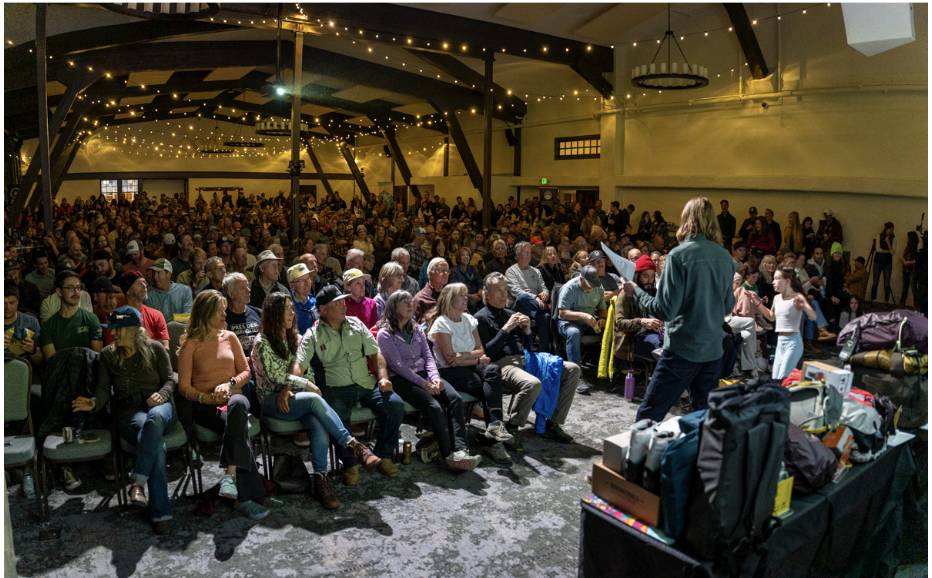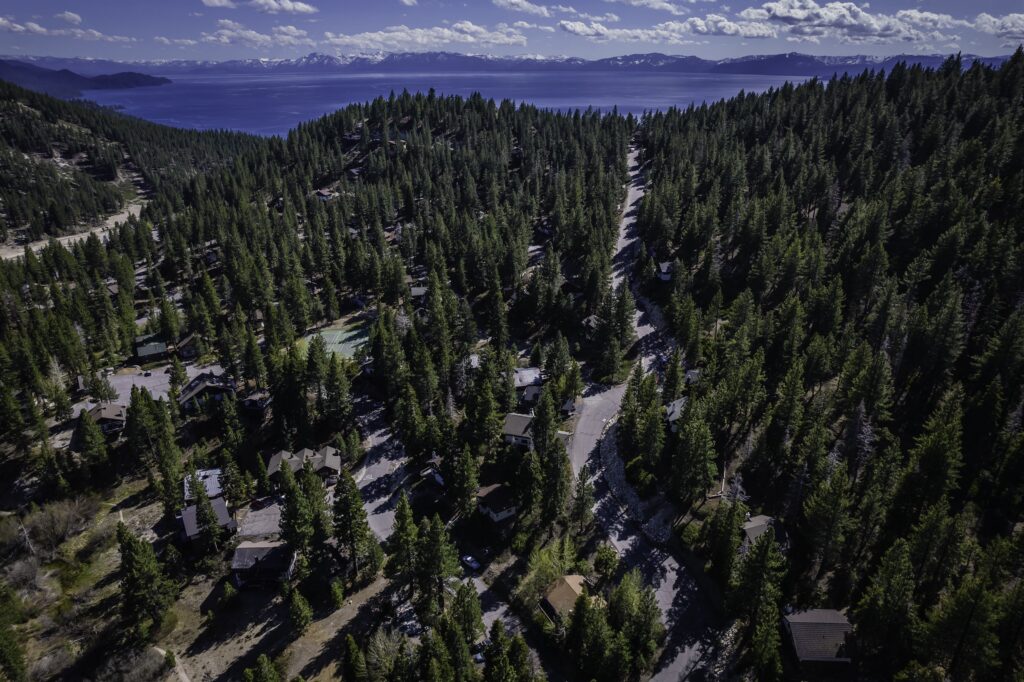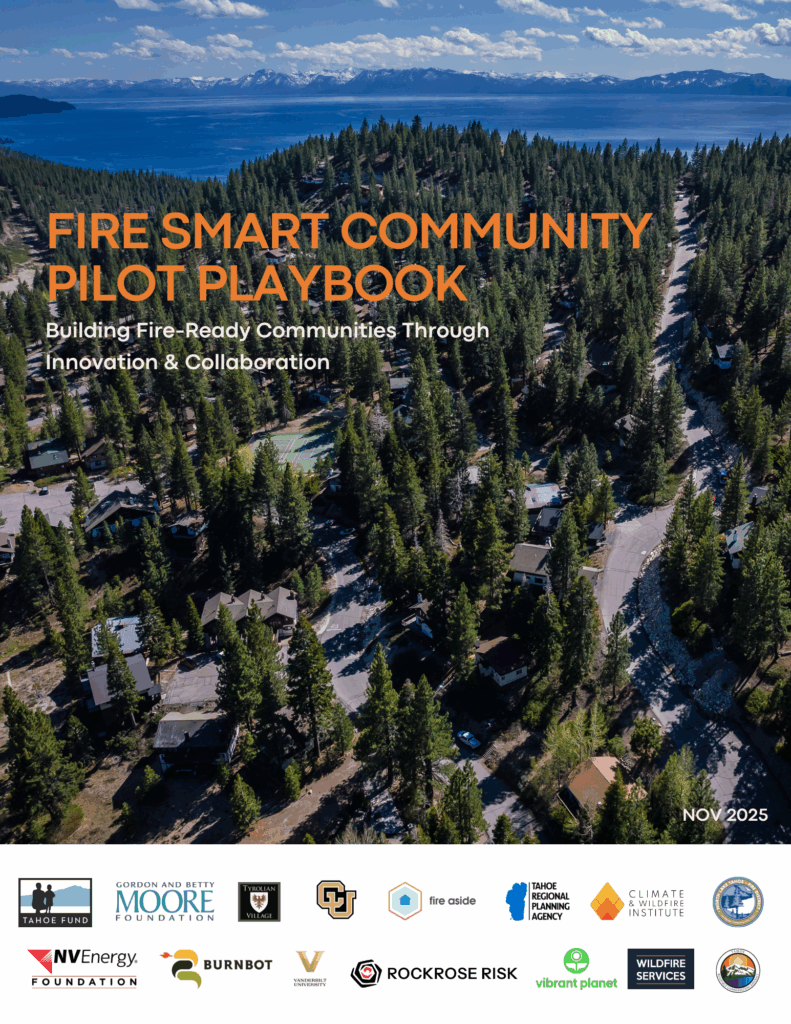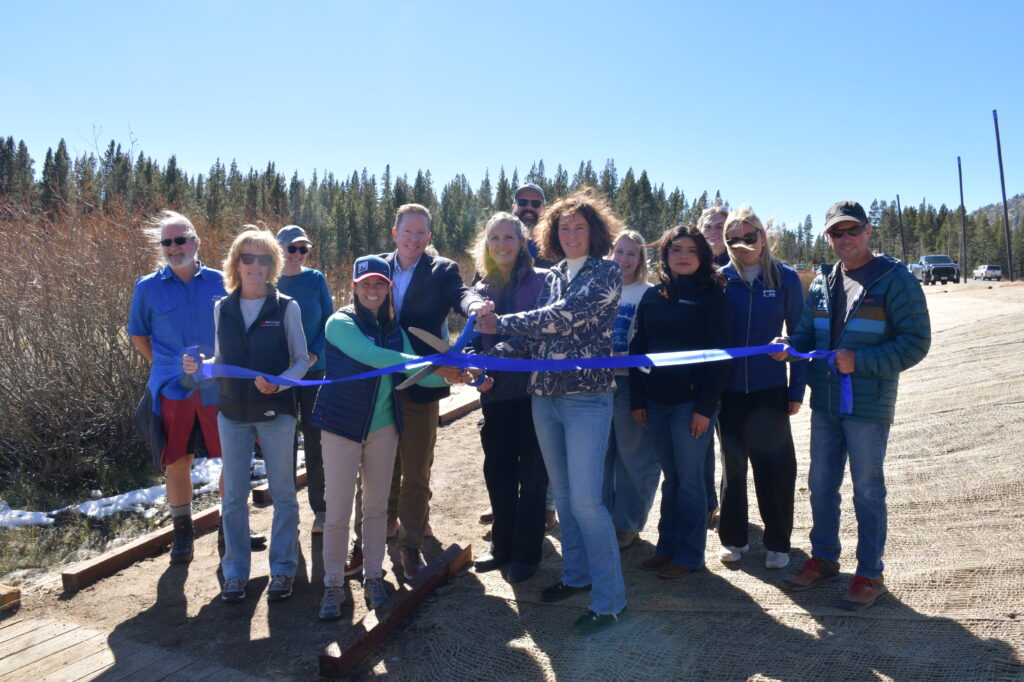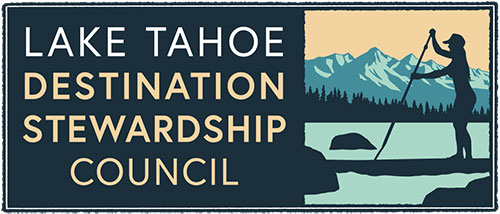
On the eve of the 26th annual Lake Tahoe Summit, Tahoe Fund supporters, friends and elected officials gathered for an evening of cocktails in celebration of Lake Tahoe.
Guests had the opportunity to hear directly from US Senator Jacky Rosen, Nevada Governor Steve Sisolak, Secretary Wade Crowfoot, and NV Energy President and CEO Doug Cannon. The event was sponsored by NV Energy and featured wines from axr Napa Valley.
Photos by Hannah Pence are now available on Flickr and Facebook for all to see. Please feel free to share your favorites and tag @TahoeFund!
